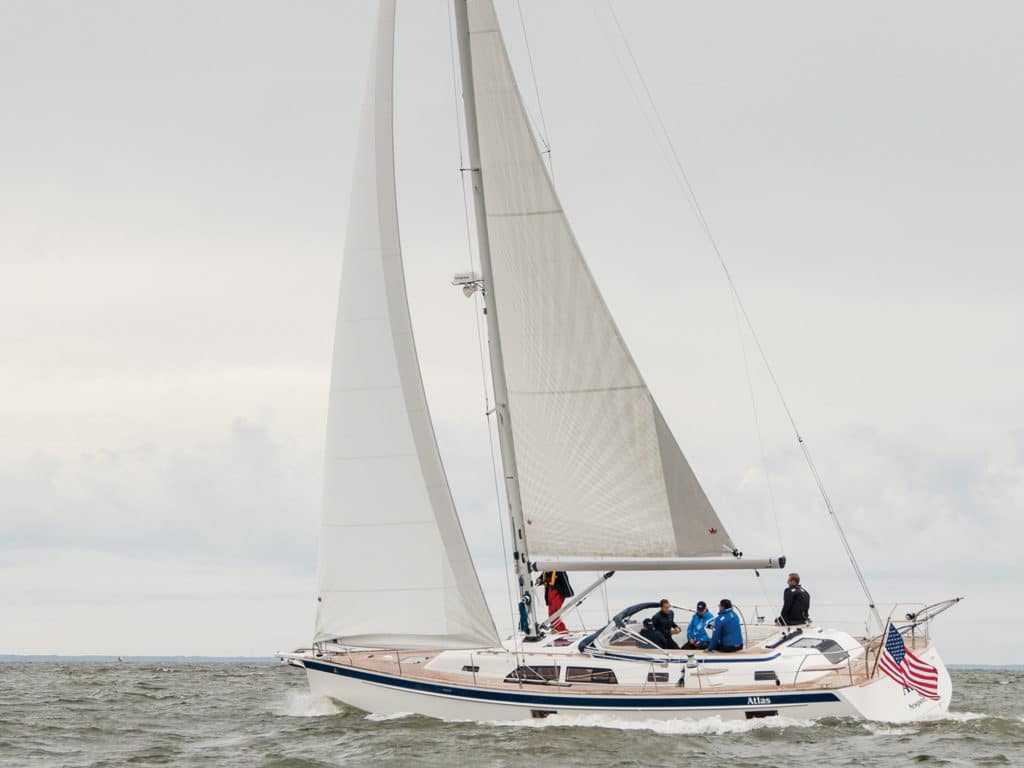
The late Ted Hood, one of sailing’s most accomplished practitioners, mainstreamed roller-furling mainsails. He acknowledged that a sail being wound into one of his Stowaway Masts had to be cut flatter, devoid of horizontal battens, and lack a big roach. But despite these performance-sapping attributes, he saw the upside it would offer shorthanded sailors: The system demonstrated that performance is also linked to having the right amount of sail area set. And over time, making the mainsail behave like a zoom lens has proved to be as appealing to sailors as the latter has been to photographers.
Initially, a few innovators attempted to retrofit older rigs with external, behind-the-mast roller-furling systems. In essence, these units were akin to a roller-furling headstay stretched between a beefed-up masthead fitting and the gooseneck. Unfortunately, as the tension between the masthead and gooseneck increased, the spar tended to bow and the luff of the mainsail curved to leeward. This made reefing and furling difficult, and placed excess stress on the spar itself.
Seldén and Schaefer solved the problem by adding evenly spaced track connections that linked the mainsail furler to the mast track. Today, Facnor also offers a refined version of this concept for those interested in converting a standard spar into one that hosts a roller-furling mainsail.
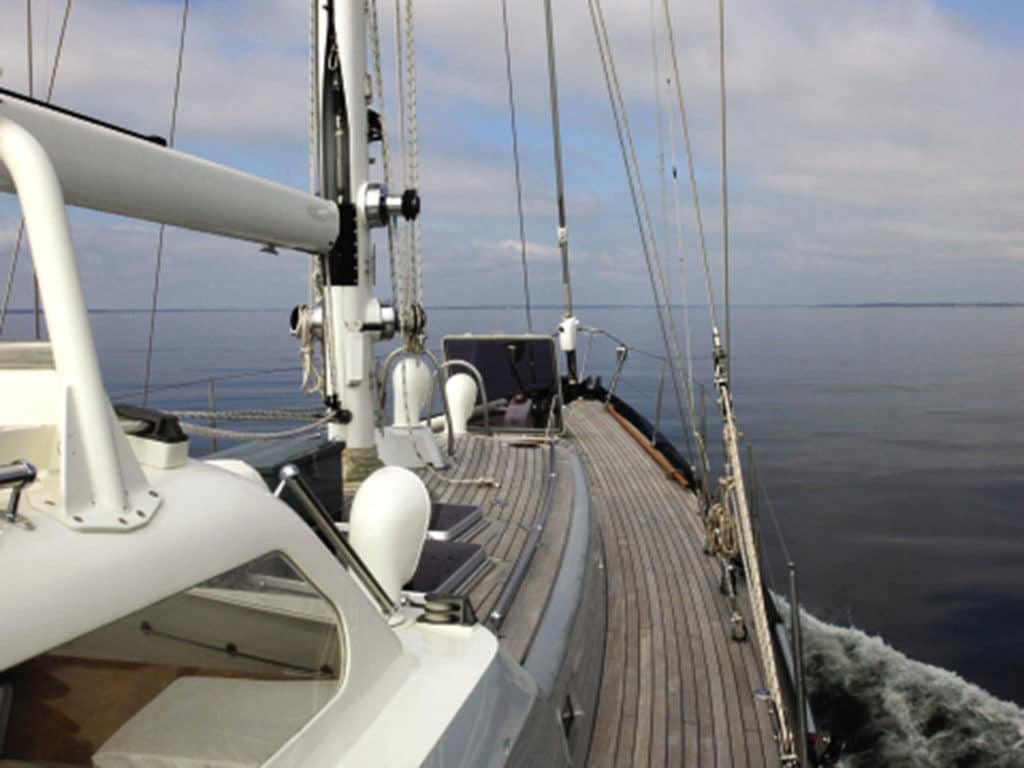
Meanwhile, spar-makers soon recognized that a specially extruded, open-trailing-edge spar could house a furled mainsail. A central mandrel, or furling rod with a luff-tape slot, rotates and retracts or releases the mainsail from within the mast. The design requires a way to support and tension the luff rod and a bearing system to handle rotation under load. The geometry of the sail slot and cavity is vital, as is the cut and construction of the mainsail.
Hood’s sailmaking background and yacht-design business put him at the head of the fleet, and Stowaway Masts, with their mechanical, electric or hydraulic roller reefing systems, showed up on vessels from 35 to 100-plus feet.
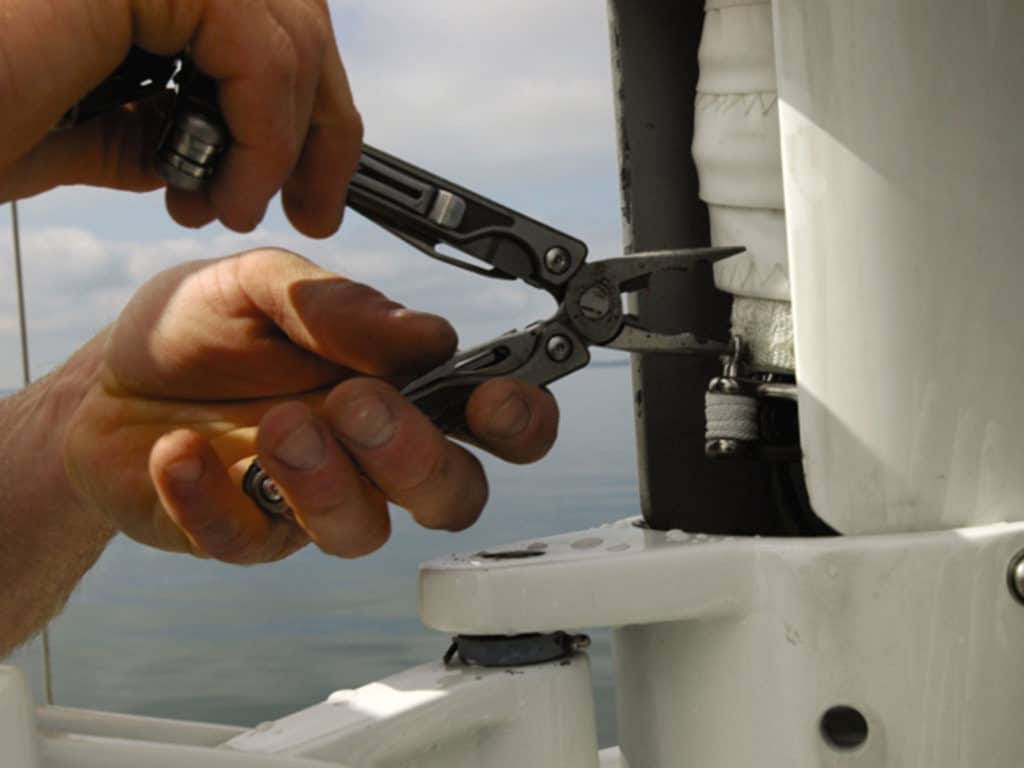
The furling concept might seem fairly simple, but the devil is in the details. Hood, Seldén and many others eventually worked out most of the kinks, including maintaining proper furling-rod tension. But even so, care needs to be taken when furling and outhauling the mainsail, and that’s especially true when an electric or hydraulic winch does the pulling. The big danger lies in overloading the outhaul due to a hockle, or kink, in the furling line. Too hard a pull by a power winch can wedge the partially furled sail in the exit slot, or damage the drive system or the sail itself. Units with narrower exit slots avoid this “herniated” mainsail condition but add increased chafe concerns. Hood’s furling designs have continued to evolve and are now being produced by Formula Spars.
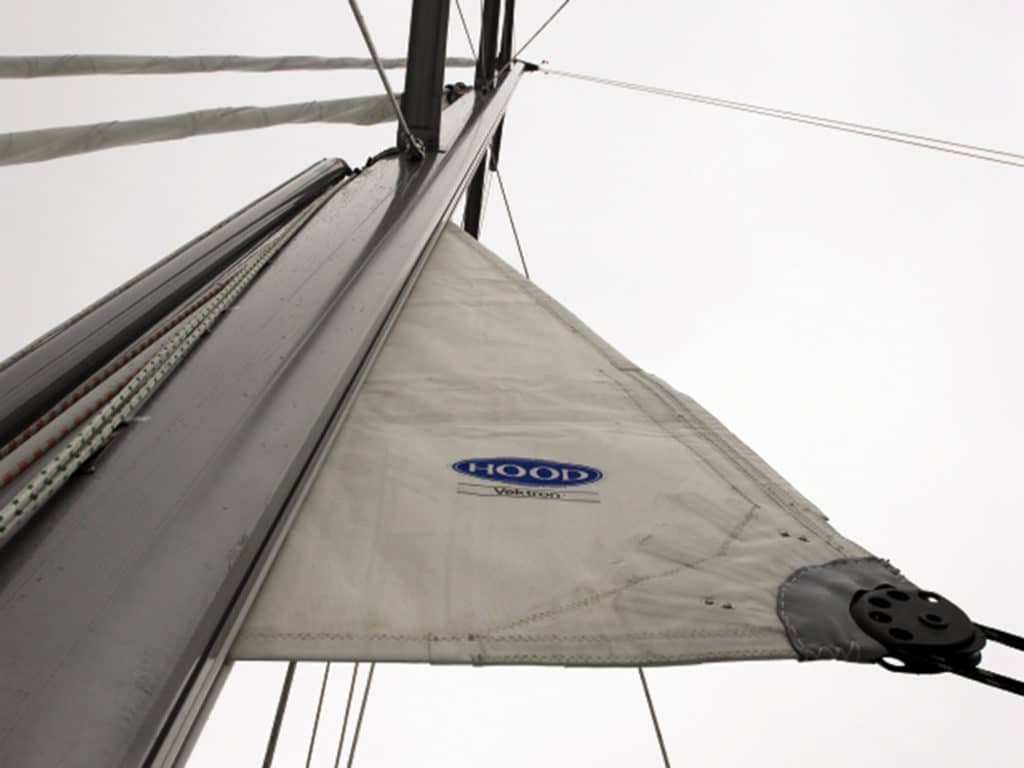
Just as monohulls and multihulls have their advocates, there’s plenty of partisanship when it comes to in-mast or in-boom furling systems, the latter being another option for those seeking ease of sailhandling. Both approaches succeed at sail-area reduction, and both act as a “force multiplier”—allowing a shorthanded crew to cope with a much larger mainsail. But there are also a few not-so-subtle differences between the two.
Advocates of in-boom furling call the ability to have a deeper-draft, horizontal-batten-equipped, roach-sporting mainsail an important value-added feature. This means that when comparing equal sail areas, the in-boom option will outperform the in-mast alternative. The boom-furling mainsail comes closer to matching the performance of a conventionally hoisted mainsail. Another big plus is that if the boom-furler function fails, you can still lower the mainsail conventionally.
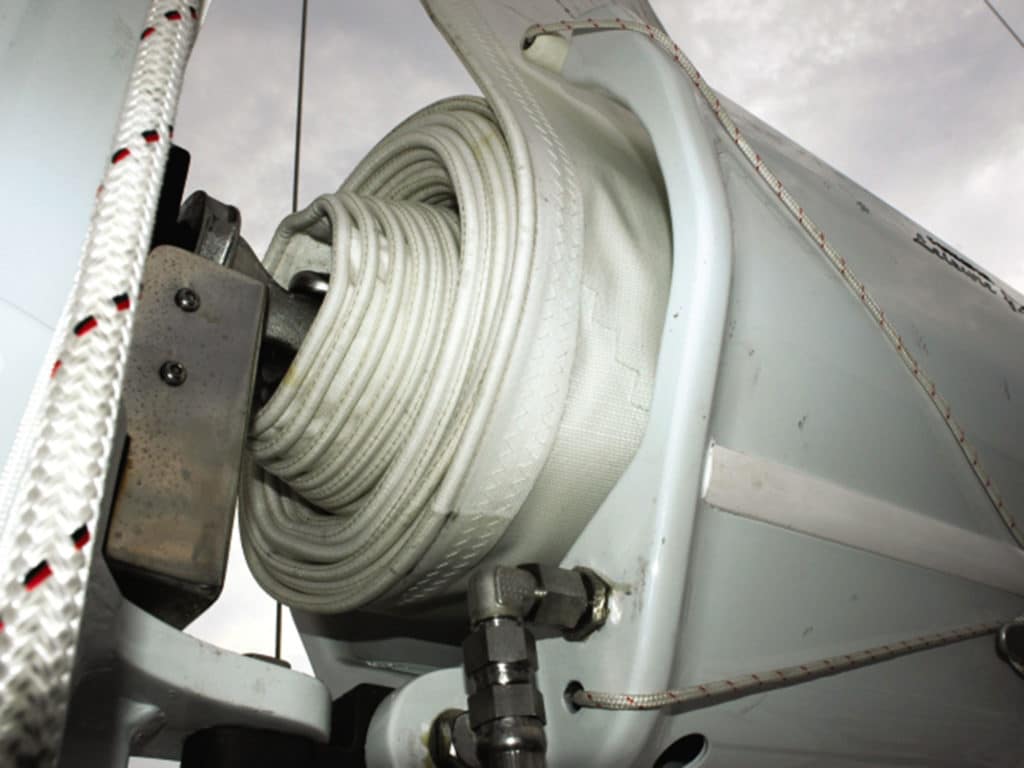
As with most good things, there are also a couple of downsides that need to be recognized. The first is the size and weight of the boom, which is typically at least double or more the diameter and weight of a conventional boom. The weight issue raises some tactical and safety concerns. The heavier boom will more actively respond in light air and a rolling seaway, creating trimming issues. It also presents a greater risk to the crew during an unanticipated jibe, so more attention needs to be paid to the preventer or the boom brake.
Ultimately, there’s a vulnerability to the short portion of track that leads the sail’s luff from the mast to the boom mandrel. The angle that the boom makes with the mast is very important, as is following the manufacturer’s furling guidelines. A heavy-duty mechanical or hydraulic boom vang will help ensure that the correct angle is maintained while reefing.
Ted Hood was correct: Furling is the future. But a few of us still cling to the simplicity, sail-shaping advantage, and lessened chafe found in conventional slab reefing.
Ralph Naranjo is a circumnavigator, technical writer, former Vanderstar Chair at the US Naval Academy, and author of The Art of Seamanship, among other books.








